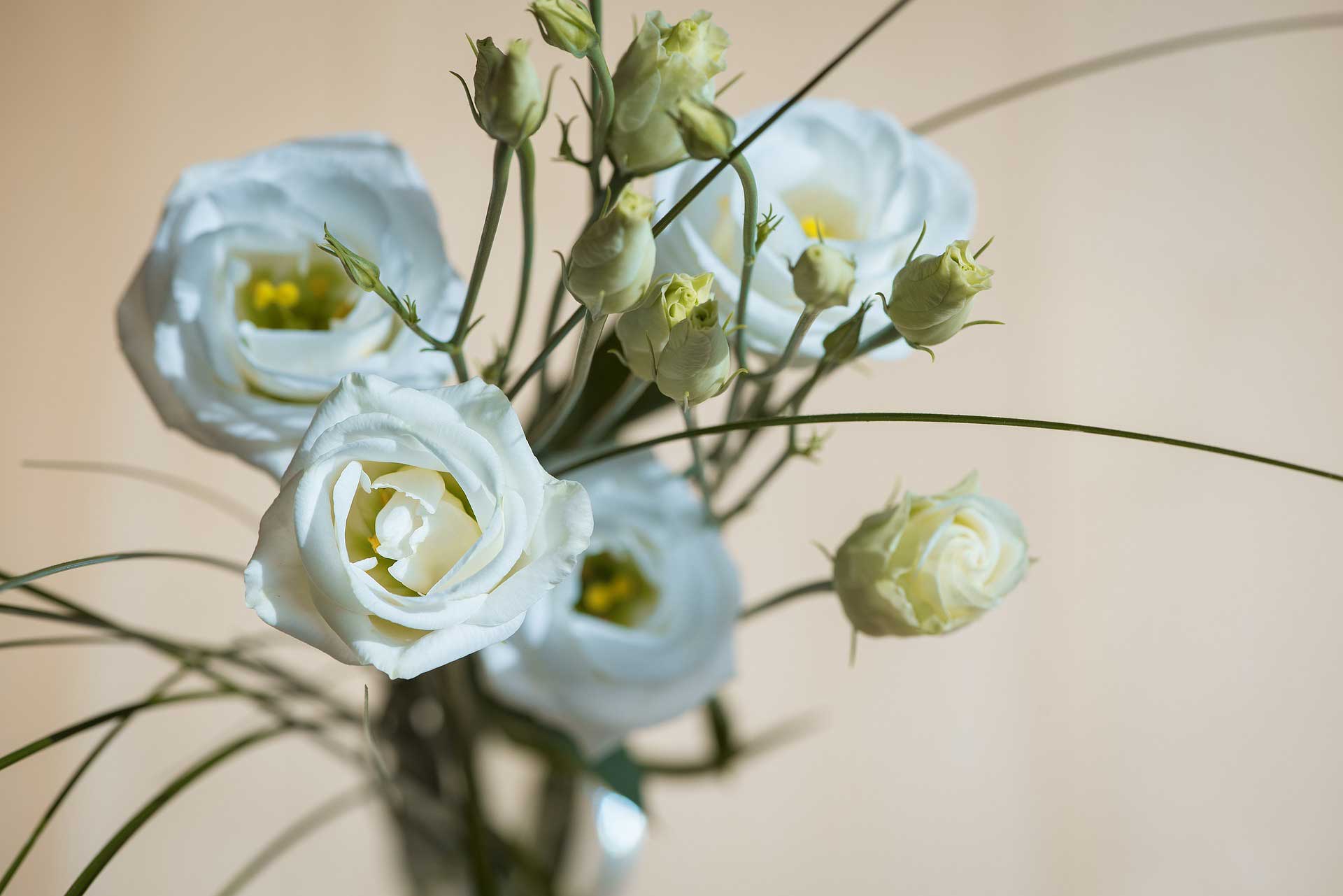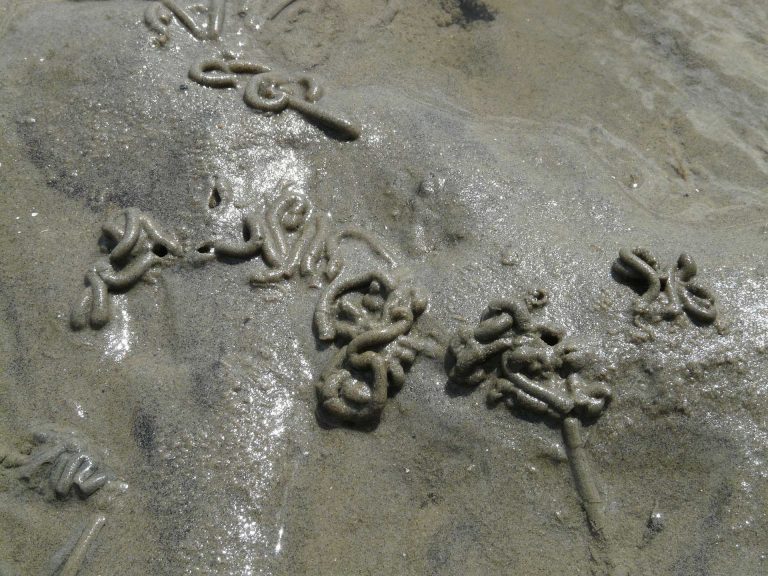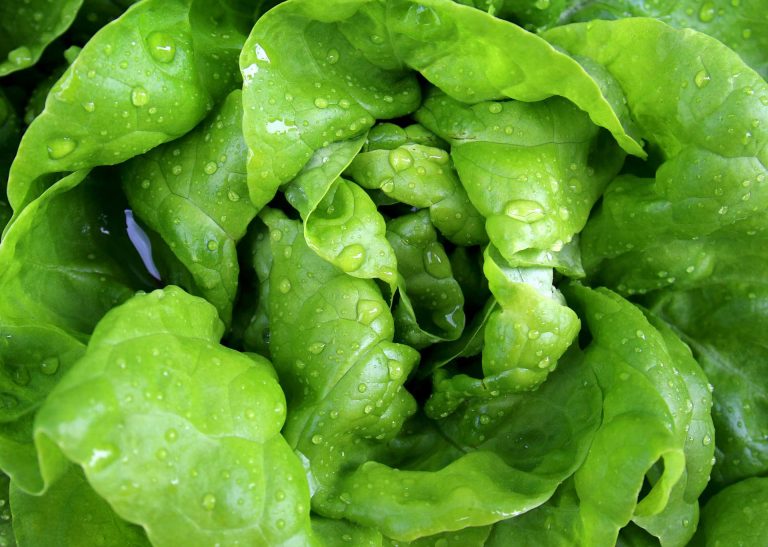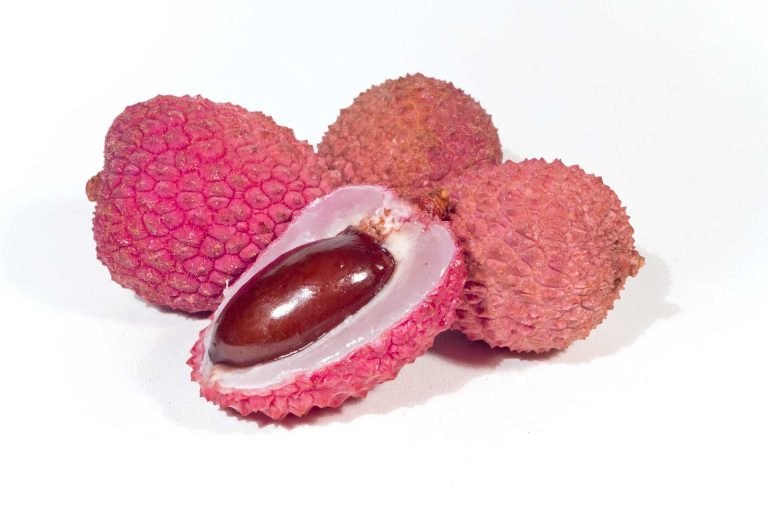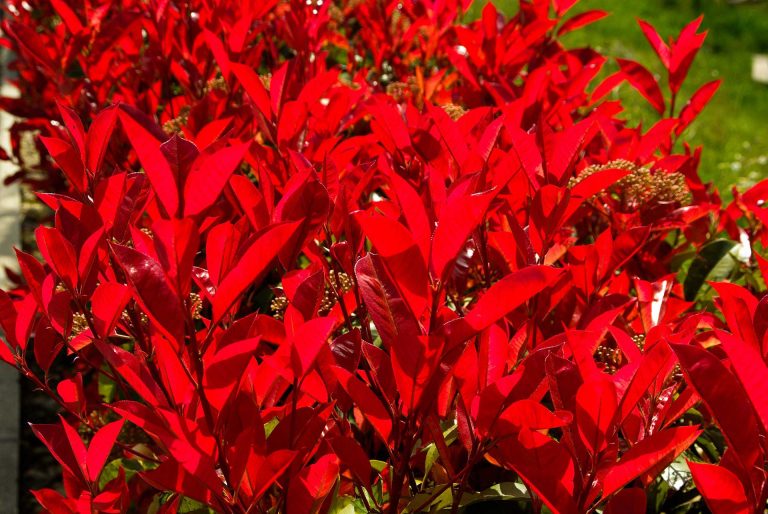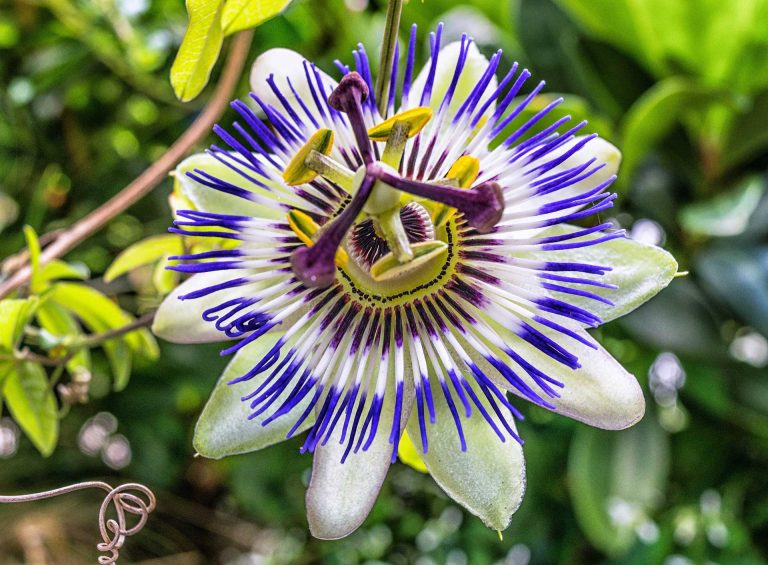Lisianthus – Symbolizing an Outgoing Nature and Appreciation
Scientific Classification
| Kingdom: | Plantae |
| (unranked): | Angiosperms |
| (unranked): | Eudicots |
| (unranked): | Asterids |
| Order: | Gentianales |
| Family: | Gentianaceae |
| Genus: | Eustoma |
Eustoma, a variety comprising of three types in the group gentianaceae, inhabits the warm provinces of the southern part of the United States, Caribbean, Mexico and Northern part of South America. Similar ones are often found growing in areas of uncultivated and grassy lands. These flowers generally go by the name of Lisianthus. They are twin or individual flowers. You can see these two varieties of flowers in all the colors ever known.
Anatomy
They are yearly grown herbs of height of 15 to 60 cm with color fading from blue to green, the foliage is a little fleshy, with a big funnel shaped flowers that grow on tall erect stems: at times on upright single stem and otherwise they grow on stems that branch out and grow to a height of three feet. The blossoms grow to a diameter of two inches in a variety of colors like shades of white, pink, blue and purple. Besides certain flowers come in twin colors, and you can rarely see a few in carmine-red or yellow colors.
How to Cultivate Domestically
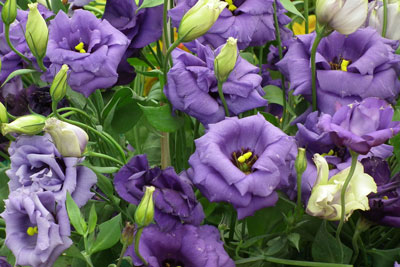
Photo by: Ramesh Ng
Preparation for Planting
You can grow Lisianthus plants normally from seeds, but this is not possible for a learner as they take a pretty long period to establish themselves into a fully flowering plant in case they are not nurtured under firm conditions of green house effect. Such people can consider buying bulbs from the nurseries. Select a site for planting where you have a properly drained soil. You can use elevated beds as an option, Use soil that is rich in organic matter. Lisianthus come under a group of flowers that cannot adjust with acidic soil of high pH value.
Planting
- Make a six inch hole in your compound and gather soil from the bottom to conduct a pH test. Lisianthus plants grow in soil of pH value varying from 6.5-7.0; this is because the plant should not develop micro-nutrient toxicities. Read the instructions given the soil testing kit, in case the soil is too acidic add lime proportionately or if alkaline, add sulfur.
- Make a hole double the size of the Lisianthus plant’s root ball, maintain the exact depth as it was in the container. Mix some quantity of bone meal to the hole in which you are planting the Lisianthus and mix it well to the bottom. Plant the Lisianthus in the hole and firm the soil all around the bottom.
- Water the plant sufficiently well and scatter mulch to a thickness of three inches all around the Lisianthus plant. Maintain a distance of six inches between the plants.
Placement and Watering
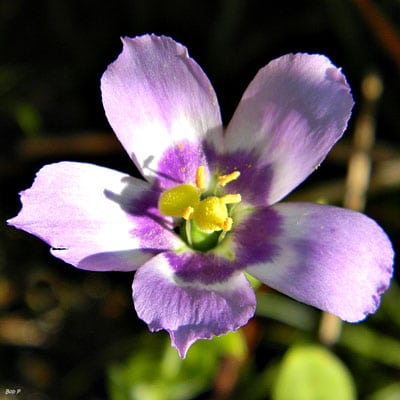
Photo by: Bob Peterson
Lisianthus prosper well in the indirect brilliant light. They do not favor strong heat that really retards blossoming. At the time of growing, often water your plants, allowing them to dry out on alternate watering. Never let your plants face a condition of drought. Regular misting in order to enhance humidity is good for your plants.
Flowering Period
Despite of the fact that a large number of cultivars add to the prolonged blooming all along the hottest months of summer, the ideal time for planting is early summer.
After-Bloom Care
Once blooming is over, cut off your plants with a pair of bypass scissors. Make a big pit around your plant and uproot it from the bottom. Place your Lisianthus stalks in a pot filled with potting medium and keep it indoors till spring.
As Cut Flowers
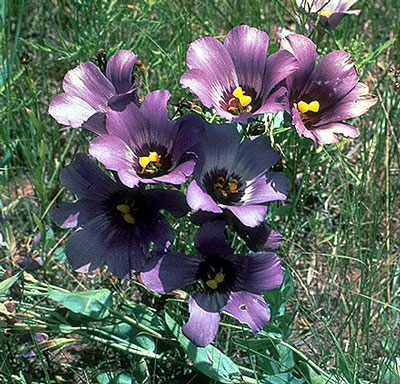
Photo by: Clarence A. Rechenthin
Since the vase life of Lisianthus can last up to four weeks, they are very good when as cut flowers. Plant lovers take a fancy in planting Lisianthus in pots for your indoor garden, since they are in a position to keep a close control on the environment of these temporarily growing plants and enjoy the fresh cut flowers all through the year.

Having discovered a fondness for insects while pursuing her degree in Biology, Randi Jones was quite bugged to know that people usually dismissed these little creatures as “creepy-crawlies”.

